SEWING TOOLS AND THEIR USES
Sewing is a skill that has been passed down for generations and still remains a valuable and important skill in our modern world. Whether you’re a beginner or a pro, having the right sewing tools can make a world of difference in the quality of your work. From basic hand tools to more advanced machines, there is a wide variety of tools available for sewing. In this article, we will explore some of the essential sewing tools and their uses.
1. NEEDLES
The needle is one of the most basic and essential sewing tools. It comes in a variety of sizes and types, each designed for a specific purpose. Hand sewing needles have a sharp point and an eye for threading the thread through. On the other hand, machine needles have a flat back and are designed to fit into sewing machines. It is important to use the correct needle for each type of fabric to avoid damaging the fabric.
2. THREAD
Thread is another important sewing tool used to join pieces of fabric together. It comes in various colors, weights, and materials, such as cotton, polyester, and silk. Choosing the right thread for your project is crucial, as using the wrong type of thread can cause thread breakage or damage to the fabric.
3. SCISSORS
Scissors are an essential cutting tool for sewing. There are two types of scissors used in sewing – fabric and thread scissors. Fabric scissors have a long blade that cuts through fabric with ease, while thread scissors have a shorter, pointed blade that allows for precision cutting of thread and smaller details. It is important to have sharp, high-quality scissors to ensure clean and precise cuts.
4. MEASUREMENT TOOLS
Accurate measuring is key to creating well-fitting garments. There are several measurement tools that are used in sewing, such as tape measures, rulers, and hem gauges. A tape measure is used to measure the body and fabric, while rulers and hem gauges are used for precise measurements and markings on fabric.
5. SEAM RIPPER
Mistakes happen, and when they do, a seam ripper is a useful tool to have. It is designed to remove stitches without damaging the fabric. A small, pointed blade at one end is used to cut through stitches, while the other end has a small ball to prevent the fabric from getting cut accidentally. With a seam ripper, you can fix mistakes and achieve a clean finish.
6. IRON AND IRONING BOARD
Ironing your fabric before and during the sewing process is crucial, as it helps to remove wrinkles and creases, creating a smoother and more professional-looking garment. An ironing board provides a flat, sturdy surface for ironing and protects your workspace from heat damage.
7. SEWING MACHINE
While hand sewing can be relaxing and therapeutic, a sewing machine is a game-changer when it comes to efficiency and speed. Sewing machines come in various sizes and types, from basic mechanical machines to more advanced computerized ones. It is important to choose a machine that suits your needs and skills.
CONCLUSION
In conclusion, sewing tools play a vital role in creating beautiful and well-made garments. Having the right tools for the job can make sewing a more enjoyable and fulfilling experience. Investing in high-quality sewing tools and maintaining them properly will not only improve the quality of your work but also save you time and frustration in the long run. So next time you start a sewing project, remember to have these essential tools by your side!
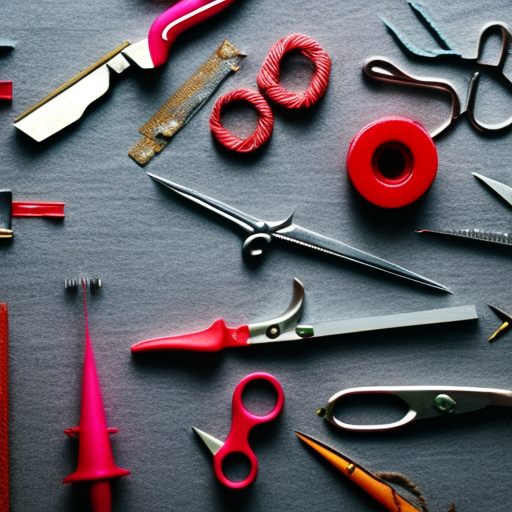
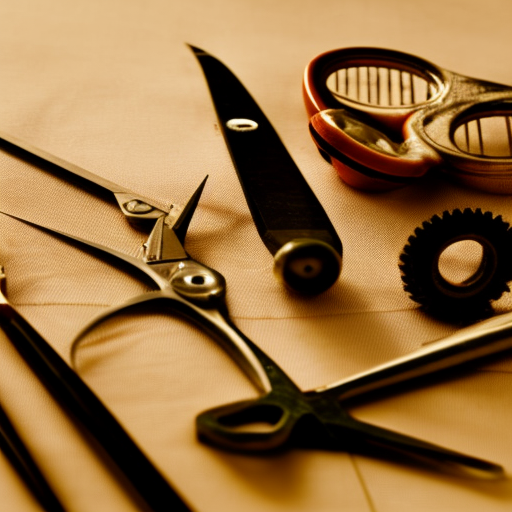
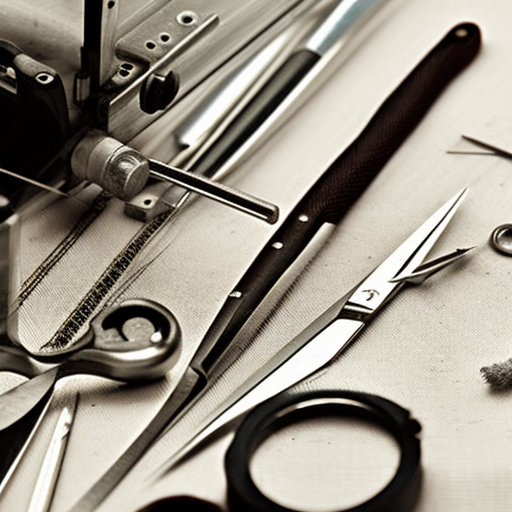
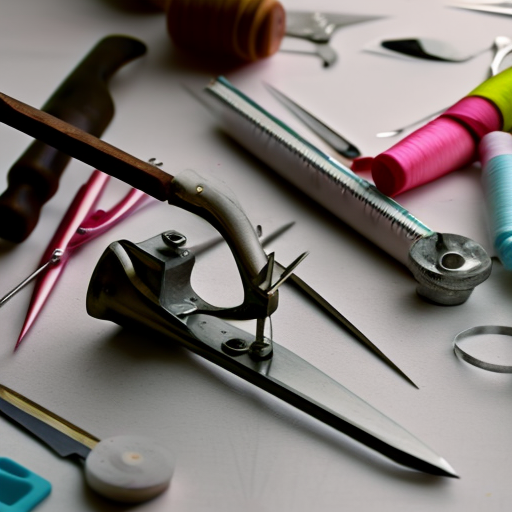
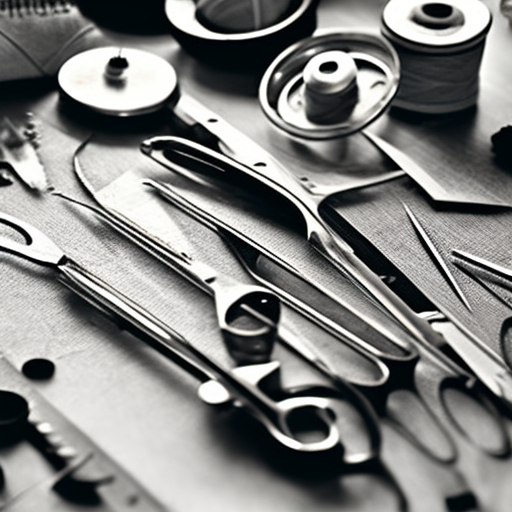
“Wow, this post is so informative. I’m so glad to learn more about the basics of sewing!”
Asa Olsen: “Really cool and helpful! I’m so excited to start exploring sewing tools.”
This is a terrific post to help anyone just starting out with sewing! Having the right tools can make a big difference in how successful someone’s sewing projects turn out, so it’s essential to know the basics.